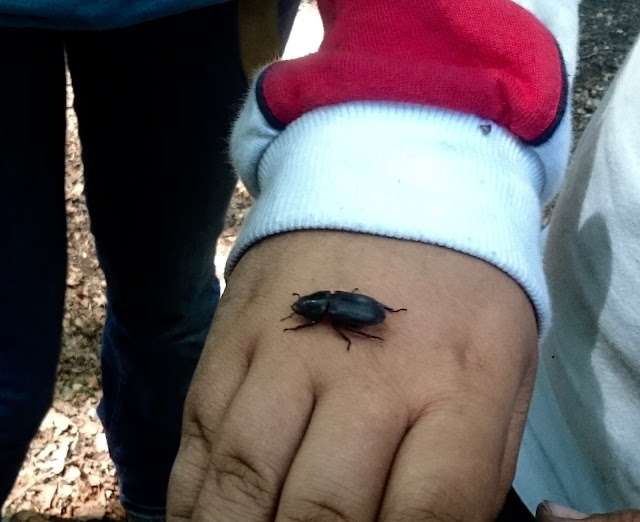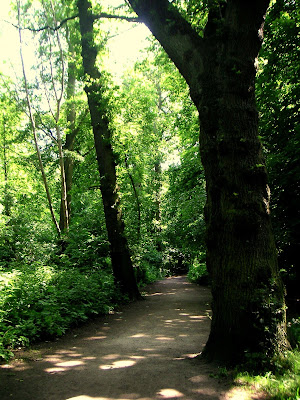'Beating the bounds', 'Between the Oaks, along the hedge and down by the brook', and other walks

'Beating the bounds' is a traditional Ascension Day ritual in which the whole parish territorially walked its perimeter and beat children so they wouldn't forget the precise features. There's probably a better explanation than this elsewhere but those are the points I remember. 'Between the Oaks, along the hedge and down by the brook' conjures an impression of bygone rural pedestrian days when meeting someone was arranged with reference to well known landscape features. In Colley Gate for example we had the 'Water Stile', 'The Gulley', 'Lutley Gutter' - a green lane, the Razzle Dazzle - a perilous, sloping brick paved cut through which was treacherous in icy conditions, the 70 Steps - to this day dividing opinion as to the exact number; all wonderfully nostalgic, echoing a time shift identity and a society of character born out of toil and hardship. A Black Country Rural Idyl from the early-mid 20th Century Nostalgia is a 'r












